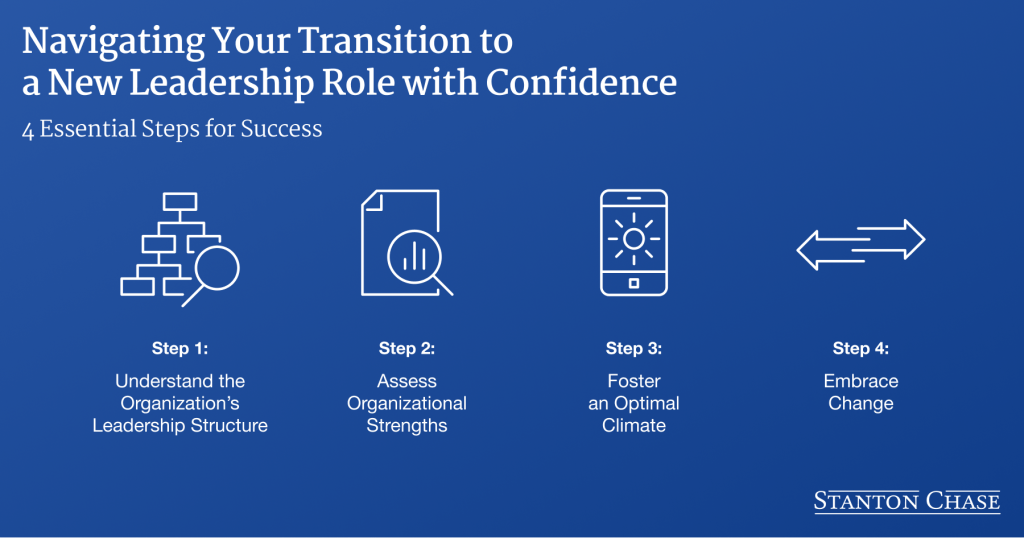
When a leader assumes a new role within a different organization, the temptation to employ the strategies and practices that spelled success in previous roles can be quite strong.
The proclivity to stick with the tried-and-true is not without reason, as these tactics often embody the leader’s unique leadership strengths and style, and may have consistently generated favorable results in the past.
Nonetheless, it is crucial to recognize that the success of these strategies is frequently context dependent. A method effective in one organization or industry might not yield the same results in another. Past codes applied for success do not necessarily work for the success of the present and future. Consequently, the techniques that propelled leaders to success in the past may not resonate in a new setting, potentially impeding the team’s overall performance.
A critical attribute for newly appointed leaders is the willingness to adapt one’s leadership style to meet the organization’s needs. Even more essential is a commitment to transitioning smoothly into the new organization. This necessitates embracing change, which is a vital factor for leaders stepping into new roles, and cultivating a mindset that promotes flexibility, agility, and adaptability.
Based on extensive research and our own experience in supporting prominent companies with organizational structure, culture, and design, we have identified four crucial steps that new leaders should take to successfully transition into new roles.
4 Essential Steps for Leaders Transitioning into a New Role

1. Understanding the Current Leadership Structure
Transitioning leaders should make an effort to understand the team dynamics, communication channels, decision-making processes, and individual strengths within the existing organizational structure and leadership team. As demonstrated in a study by Chrobot-Mason, Gerbasi, and Cullen-Lester, gaining insights into the team’s functioning and understanding one’s own role within the system is crucial. This involves evaluating hierarchical and functional relationships, as well as internal communication channels.
2. Assessing Organizational Strengths
Recognizing the organization’s existing strengths and weaknesses within its current context is a critical exercise for new leaders. Understanding the strategic objectives and market environment of the organization is vital, as Elenkov highlighted in Strategic Uncertainty And Environmental Scanning: The Case For Institutional Influences On Scanning Behavior. An in-depth understanding of these aspects allows leaders to implement changes that leverage the organization’s strengths and address its weaknesses effectively, thereby enhancing overall performance.
3. Fostering an Optimal Climate
Research, including that of Schneider, Ehrhart, and Macey, indicates that leaders wield significant influence on an organization’s climate. An optimal climate can enhance job satisfaction, productivity, and overall performance. Consequently, leaders should strive to create an environment that enables everyone to perform their best. This requires understanding the existing climate and how it can be enhanced to contribute to the organization’s success.
4. Embracing Change
Adapting one’s leadership style to the specific needs of the organization is a critical attribute for newly appointed leaders. According to Nyberg and Ployhart, organizations often prosper when newly appointed leaders adjust their style to better synchronize with the organization’s culture and strategic goals. This openness to change fosters a culture of flexibility and innovation, enhancing the organization’s resilience and paving the way for success.
Are Your Leaders Effectively Adapting to Your Organization?
Top leaders don’t just rely on repeating their previous accomplishments; they adapt to the distinct requirements of their current organization. By fully understanding the organization’s structure, strengths, and cultural climate, these adaptive leaders can successfully guide the organization toward prosperity and growth.
“Top leaders don’t just rely on repeating their previous accomplishments; they adapt to the distinct requirements of their current organization.”
Have you ever wondered whether your new or existing leaders have effectively adapted to your organization? This adaptation is vital for your organization’s ongoing evolution and success. If you’re uncertain, we’re here to assist. Stanton Chase has been placing, developing, and evaluating leaders within prominent organizations since 1990.
Click here to connect with one of our consultants to learn more about our board and executive assessments.
About the Authors
Can Arcasoy is a Partner at Stanton Chase Istanbul. He brings over 27 years of experience from The Coca-Cola Company, where he has successfully incubated and integrated new ventures. Additionally, Can has a strong track record in launching and growing brands across various categories. Notably, in his last assignment in mainland China, he oversaw the successful development of ready-to-drink tea, ambient juice, plant protein, coffee, enhanced hydration, and oral beauty brands. Before his role in China, Can served as General Manager of Turkey, leading the tenth largest operation in the Coca-Cola system, which included a standalone tea, herbal, and fruit infusions company.
Can has also demonstrated his ability to implement new organizational structures, which have been key to achieving positive results. He is known for his expertise in managing effective cross-functional, multidisciplinary teams, setting up agile organizations, and introducing data-informed decision-making processes and capability-building.
Can enjoys giving lectures and serving as a keynote speaker at various business schools and associations. He is particularly active in sharing his global experience with startups.
Click here to learn more about Can.
Koenraad Goris is an Associate Partner at Stanton Chase Brussels and serves as Stanton Chase’s Global Advisory Leader for Assessment and Succession Planning. His expertise lies in executive assessment, board assessment, coaching, and overseeing Stanton Chase’s global succession planning and leadership assessment initiatives.
As a certified psychologist specialized in talent management and leadership, Koenraad has successfully conducted numerous international assessments and development center projects worldwide. His client portfolio includes international corporations, family-owned businesses, and local enterprises. Koenraad’s experience encompasses the development of competency frameworks, leadership development programs, competency-based interview training, executive-level coaching, and mediation.
Koenraad holds a master’s degree in clinical psychology from the University of Leuven. He has further enhanced his qualifications through postgraduate studies in HRM and corporate governance at UAMS. Koenraad has also completed coaching training at Pa Consulting and psychotherapy training at the University of Zürich.
Click here to learn more about Koenraad.
How Can We Help?
At Stanton Chase, we're more than just an executive search and leadership consulting firm. We're your partner in leadership.
Our approach is different. We believe in customized and personal executive search, executive assessment, board services, succession planning, and leadership onboarding support.
We believe in your potential to achieve greatness and we'll do everything we can to help you get there.
View All Services
